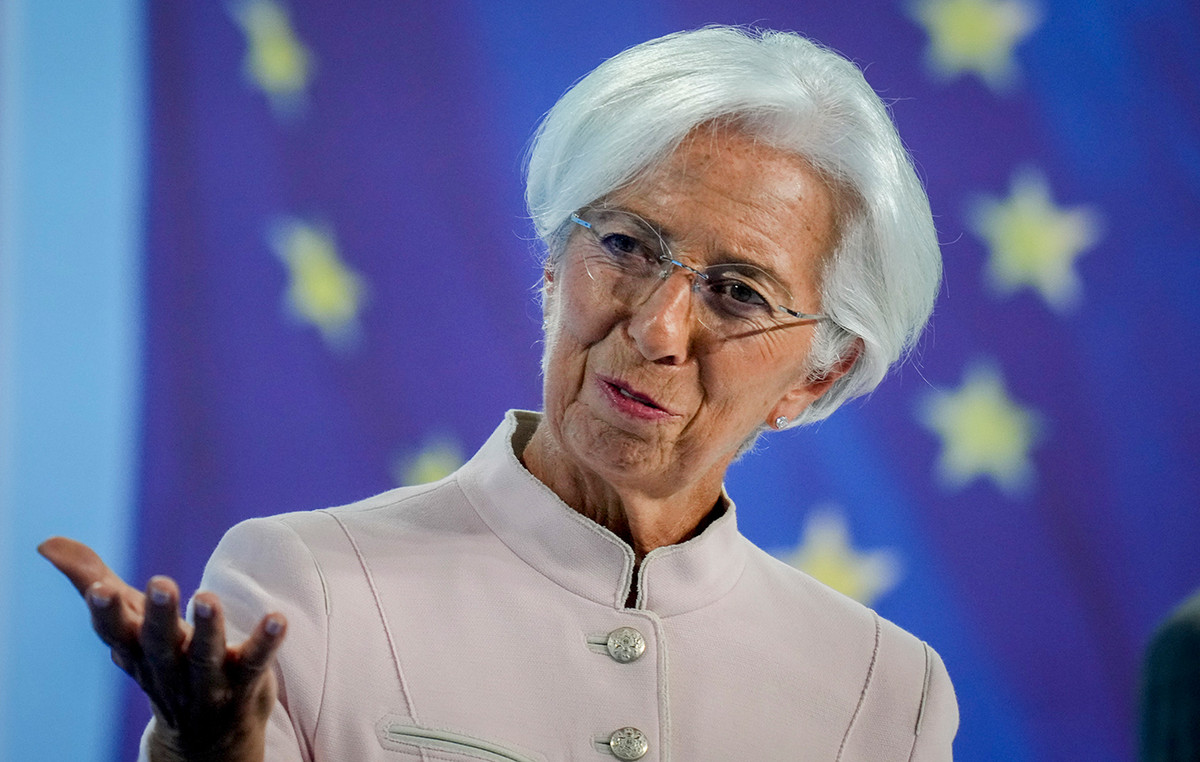For decades, the mental health has been one of the most neglected areas of public health in the world. Underappreciated and misunderstood, the field receives a tiny fraction of the attention and resources it needs. The result is that, for many people, achieving and maintaining good mental health is a challenge.
The assessment is from World Health Organization (WHO), which launches a new report on the subject this Thursday (16). In the document, the WHO warns that, despite the importance of mental health for health and well-being, many still do not receive the necessary support.
In 2019, it is estimated that one in eight people worldwide was living with a mental disorder . At the same time, the services and financing available to the area remain scarce and far below what is needed especially in low- and middle-income countries.
The report points out that, in general, the mental health conditions are widespread or misunderstood which leads to a underreporting of disorders and difficulties in accessing treatment adequate.
Importance of mental health
An inherent and vital part of our overall well-being, mental health affects our lives in many ways. It allows us to function and thrive as individuals, as well as helping us to cope with stress and adapt to change.
Quality mental health is essential for building healthy relationships, as well as enabling us to learn well and work productively.
The WHO warns that social and health systems are ill-equipped to help people experiencing mental health crises.
Even before the pandemic Covid-19 , which has affected the mental health of so many, it was estimated that around one billion people had a mental disorder. Only a small fraction of these people have access to effective, affordable and quality care.
Stigma, discrimination and human rights violations against people with mental health problems are common in communities and care systems everywhere, according to the report.
In every country, it is the poorest and most disadvantaged in society who are most at risk for mental health problems. These are also the least likely to receive adequate services.
global scenario
Before the pandemic, in 2019, an estimated 970 million people in the world were living with a mental disorder, 82% of them in low- and middle-income countries.
According to the report, between 2000 and 2019, an estimated 25% more people were living with mental disorders, but as the world population grew at roughly the same rate, the prevalence of mental disorders remained stable at around 13%.
Furthermore, according to various estimates, 283 million people had alcohol use disorders in 2016; 36 million had drug use disorders in 2019; 55 million had dementia in 2019 and another 50 million had epilepsy in 2015.
In many countries, mental health systems are responsible for the care of people with these conditions.
According to the data revealed by the WHO, the prevalence of mental disorders varies with sex and age. In both men and women, anxiety disorders and depressive disorders are the two most common.
Anxiety disorders become prevalent at an earlier age than depressive disorders, which are rare before age ten. They continue to become more common in later life, with higher estimates in people aged 50 to 69.
Among adults, depressive disorders are the most prevalent of all mental disorders. In 2019, 301 million people worldwide were living with anxiety disorders, and 280 million were living with depressive disorders (including major depressive disorder and dysthymia).
Impacts of the pandemic
Before the pandemic, about 193 million people had major depressive disorder and 298 million people had anxiety disorders in 2020.
After adjusting for the pandemic, initial estimates show a jump to 246 million for major depressive disorder and 374 million for anxiety disorders.
Schizophrenia, which affects 24 million people and approximately 1 in 200 adults (aged 20 and over), is a major concern for mental health services in all countries. In its acute states, it is the most harmful of all health conditions.
Bipolar disorder, another major concern of mental health services worldwide, affected 40 million people and approximately 1 in 150 adults worldwide in 2019. Both disorders primarily affect working-age populations.
children and youth
About 8% of the world’s children (ages 5-9) and 14% of adolescents (ages 10-19) live with a mental disorder.
A national study in the United States found that half of adult mental disorders developed by age 14; three-quarters appeared at age 24.
Idiopathic developmental disorders, which cause developmental disabilities, are the most common type of mental disorder in young children, affecting 1 in 50 children under the age of five.
The second most prevalent mental disorder in young children is autism spectrum disorder (another developmental disorder), which affects 1 in 200 children under the age of five. Both disorders gradually become less prevalent with age, as many people with developmental disorders die young.
Attention-deficit/hyperactivity disorder and conduct disorders are particularly common in adolescence, especially among younger boys (4.6% and 4.5%, respectively, in 10- to 14-year-old boys).
Anxiety is the most prevalent mental disorder among older adolescents (4.6%) and even more prevalent among adolescent girls (5.5%). Anxiety and depressive disorders at this age may be associated with bullying.
Eating disorders mainly occur among young people, and within this group they are more common among women (e.g. 0.6% in women aged 20 to 24 years compared to 0.3% in men in the same age group).
Transformation
The WHO argues that a global transformation towards better mental health is possible. In addition to reducing suffering and bringing about improvements in public health, the changes could mean greater protection of human rights and better social and economic outcomes.
The WHO Comprehensive Mental Health Action Plan (2013–2030) encourages countries to invest in the area based on four main objectives:
- Stronger effective leadership and governance
- Comprehensive, integrated and responsive community care
- Promotion and prevention strategies
- Stronger information systems, evidence and research
“The vision is a world where mental health is valued, promoted and protected. It is a world where mental health conditions are preventable and where everyone can exercise their full range of human rights and have access to the high-quality, timely and culturally appropriate health and social care they need and deserve,” the report says. .
Source: CNN Brasil
I’m James Harper, a highly experienced and accomplished news writer for World Stock Market. I have been writing in the Politics section of the website for over five years, providing readers with up-to-date and insightful information about current events in politics. My work is widely read and respected by many industry professionals as well as laymen.







